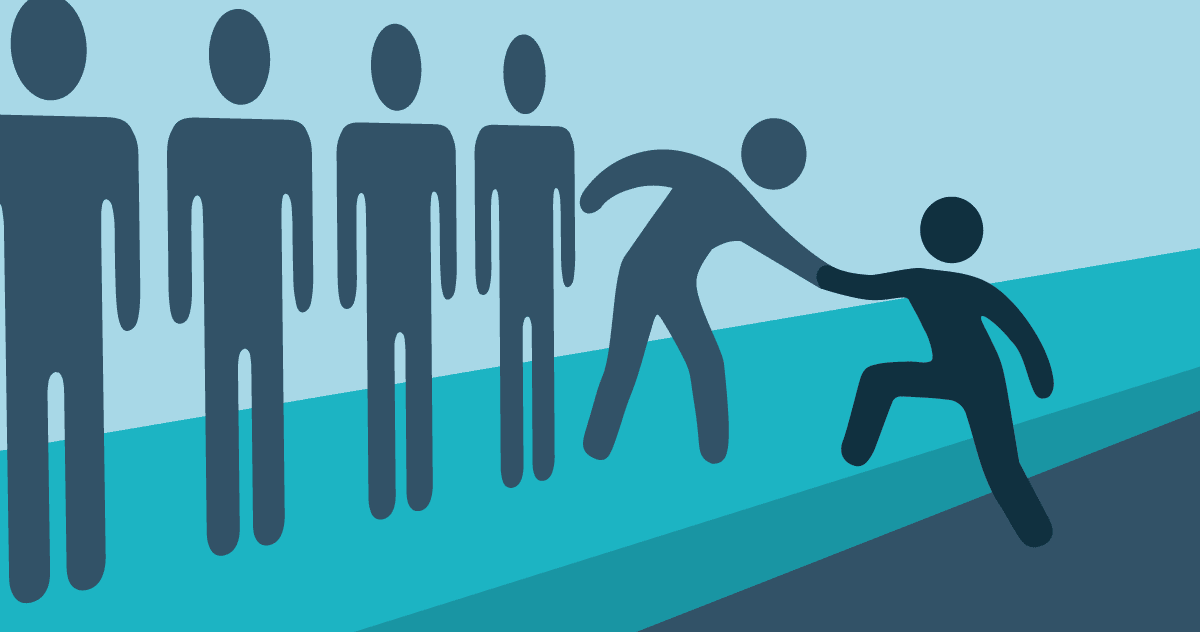Cycling at the end of a working day is my ultimate wind down. No matter how the day has gone, when I push down on the pedals for the first time, I can automatically feel myself taking a big breath and with that comes a mixture of calm anticipation of the ride, but more than that, it’s a calm anticipation of relaxation and release. In fact, as I was writing that last line, I automatically took one of those deep relaxing breaths; even the thought of the feeling of being on the bike results in an almost involuntary releasing breath.
Mindfulness
I started breath work following a book recommendation from a colleague. The book was Mindfulness: A practical guide to finding peace in a frantic world by Marl Williams and Danny Penman published in 2011 by Piatkus: London. I can highly recommend the book, and you can access guided meditations by the authors through Soundcloud which is very helpful.
However, this blog isn’t about the book, it’s about a recent piece I came across by Will Houston of UCLA on NeurosienceNews.com (you’ll find the url at the end of this blog).
In his piece, he gives us the neuroscience (in this case from Dr Jack Feldman Professor of neurobiology at the David Geffen School of Medicine at UCLA) behind why breath work can calm brain activity, reduce anxiety, and even ease symptoms of depression. There is a strong evidence base to impact of breathwork:
- Neurobiological Basis: Breathwork activates calming signals across brain circuits.
- Proven in Animals: Mice trained to breathe slowly showed reduced fear responses.
- Simple Is Effective: Techniques like box breathing can lower stress in just minutes.
Pre Bötzinger Complex
Feldman has been studying breathing and the brain for more than 40 years. In 1986, he discovered and named the area in the brain responsible for generating and controlling breathing, known as the pre Bötzinger Complex.
More recently, he and colleagues have investigated the effects of breathing rhythms and patterns on emotions, finding that slower breathing leads to a calmer mental state.
“We think that the survival of early mammals was improved by their ability to breathe slowly,”
“All mammals sigh, and we think under proper conditions they use their own form of breathwork in response to stressful situations. … It’s something we think that evolved early that we ultimately hijacked in terms of breathwork.”
Feldman goes on to tell us that Navy SEALS are known to use box breathing and other breathwork techniques to calm themselves in highly stressful situations. I can testify to that as throughout my rugby career, achieving a state relaxed focussed attention where optimal performance and flow can be found is through breath work. If you walked into an All Blacks changing room before the game in the 80’s and 90’s, you wouldn’t experience shouting and aggression, you’d experience players collecting their thoughts, calmly preparing and breathing.
I can highly recommend finding a resource such as Williams and Penman’s book and starting to learn the benefits of breathwork. Once you practice breathwork, you’ll see the benefits and you’ll be able to access it whenever you need it; it’ll start to become an involuntary response (from the first pedal push).
Featured in Neuroscience Psychology, 17th May 2025 https://neurosciencenews.com/breathwork-calm-neuroscience-28958/



